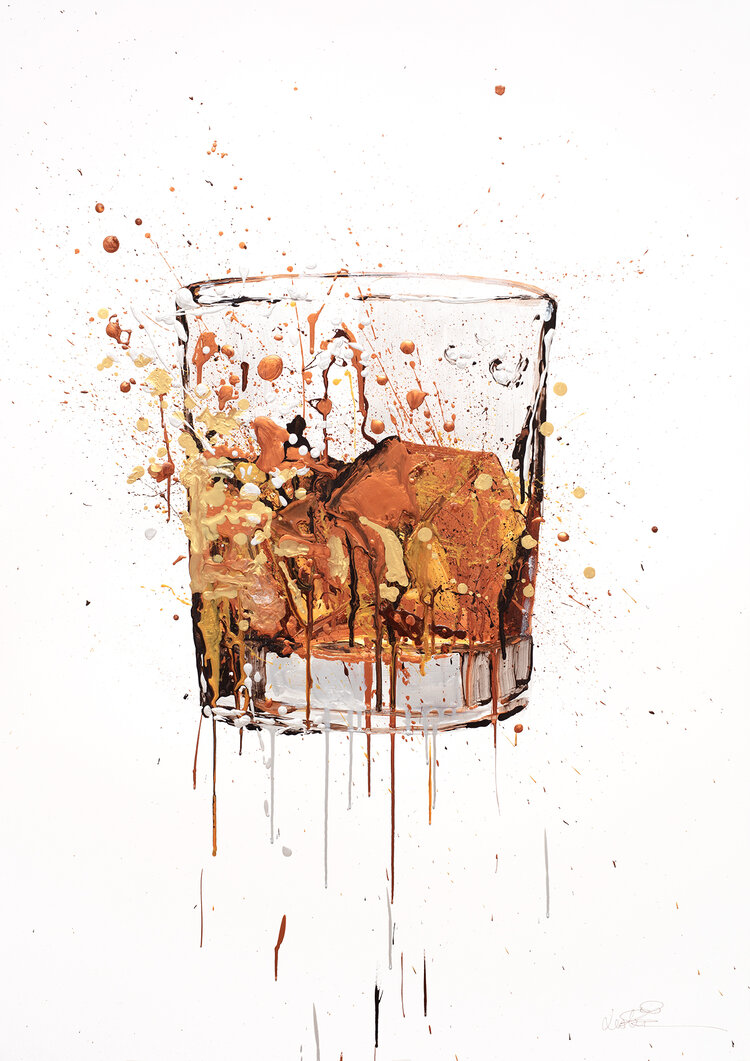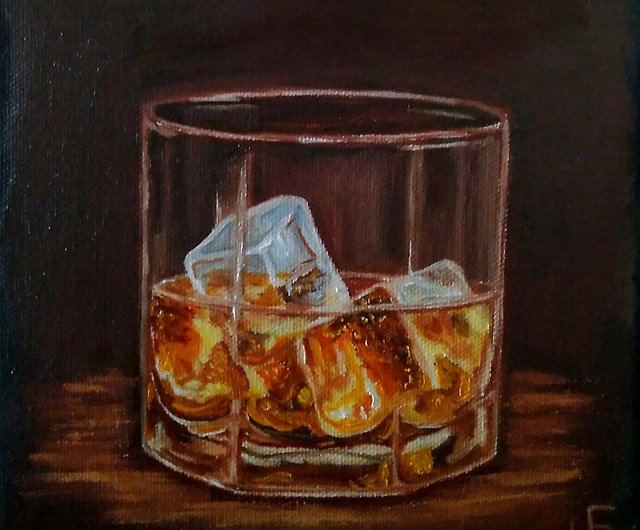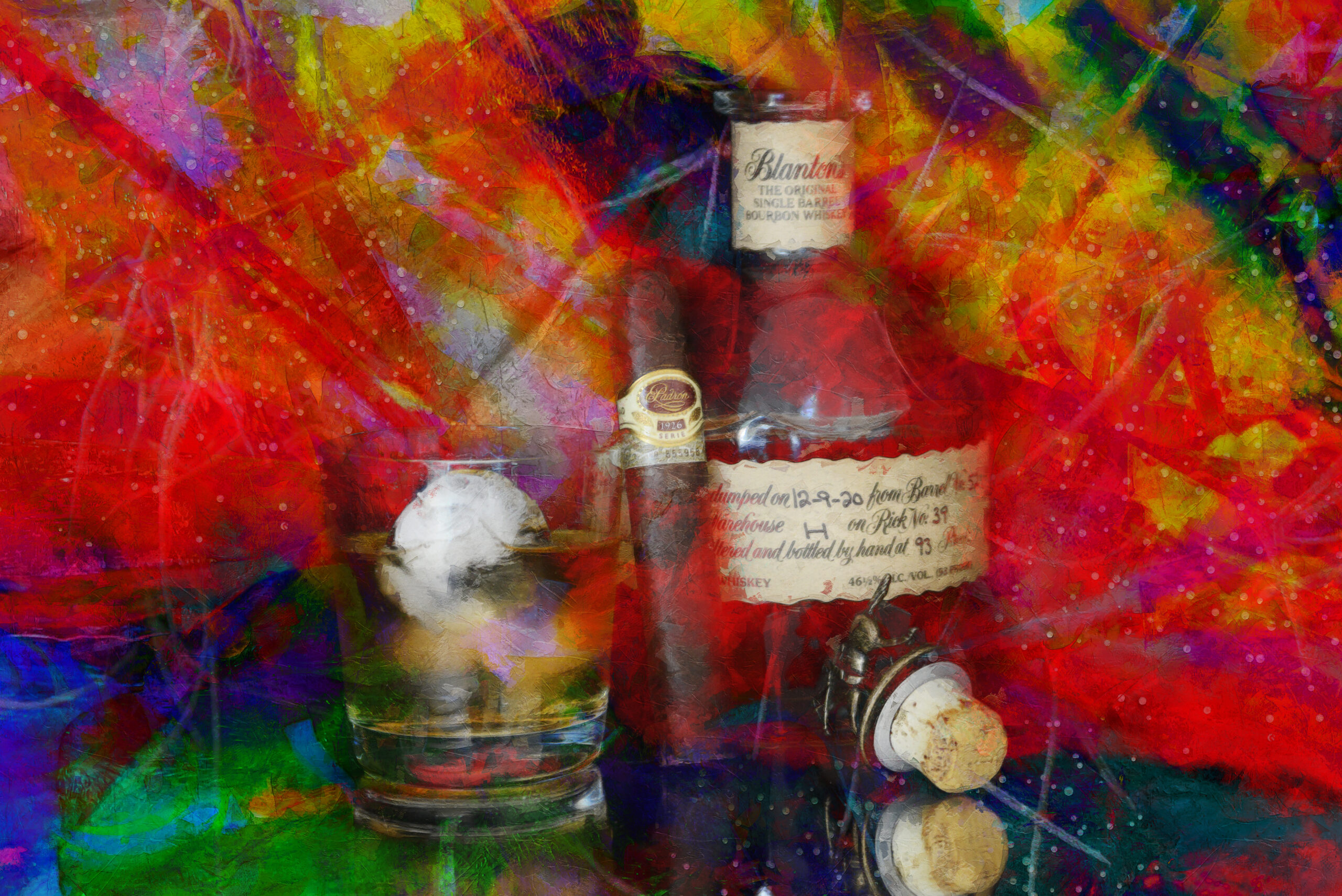Introducing the Charm of Bourbon Art: A Homage to Craft Distillers
Introducing the Charm of Bourbon Art: A Homage to Craft Distillers
Blog Article
The Relevance of Whiskey Art in Celebrating Heritage and Workmanship in the Beverage Sector
The intricate connection between bourbon art and the party of heritage and craftsmanship within the drink industry can not be overemphasized. Via thoughtfully made labels and bottles, bourbon brand names envelop their historical origins and the artisanal abilities that define their production methods.
The Historical Origins of Whiskey
At the heart of bourbon's allure lies an abundant tapestry of historical roots that map back to ancient people. The beginnings of bourbon can be connected to the purification practices of the Sumerians and Babylonians around 2000 BCE, where very early kinds of fermented grain drinks began to arise. However, it was in the Middle Ages that the art of purification progressed substantially, particularly in Ireland and Scotland, causing the development of scotch as we recognize it today.
The term "bourbon" itself derives from the Gaelic word "uisce beatha," meaning "water of life." This expression emphasizes the social relevance of scotch in Celtic cultures, where it was often related to rituals, parties, and communal bonding. By the 15th century, distillation came to be an identified craft within monastic neighborhoods, leading the means for the establishment of lawful distilleries.
As profession courses broadened, scotch's appeal grew, transcending regional borders and capturing the interest of connoisseurs worldwide. Limited Edition. This historical trip shows not only the workmanship behind whiskey manufacturing however likewise its indispensable role in social and social contexts, noting it as a considerable drink throughout history
Artistic Expression in Branding
Bourbon branding stands as an engaging junction of artistry and commerce, where aesthetic identity plays a vital duty fit consumer assumption. The aesthetic appeals of bourbon tags, product packaging, and advertising products reflect not just the brand's tale however likewise its core values and heritage. Via artistic expression, distilleries communicate a story that reverberates with customers, evoking feelings and sparking connections.
Using color, typography, and imagery in branding serves to differentiate items in a saturated market. Conventional themes might stimulate a feeling of credibility and workmanship, while contemporary layouts can signify development and forward-thinking. This critical creative instructions boosts brand name acknowledgment and loyalty, enabling customers to create a personal connection with the whiskey they select.
Additionally, creative expression in branding typically works as a celebration of regional heritage. Distilleries frequently integrate local signs or historic references right into their styles, creating a sense of area that welcomes customers to participate in a more comprehensive cultural experience. Ultimately, the artistry behind bourbon branding not just improves aesthetic appeal yet likewise enriches the overall narrative of the brand, promoting a much deeper admiration for the workmanship and heritage ingrained in each container.
Workmanship in Bottle Design
The artistry apparent in scotch branding prolongs beyond aesthetic identification to include the workmanship associated with container design. Each bottle serves as a vessel not simply for the spirit within, yet likewise for the story it informs regarding its top quality, origin, and custom. The layout process calls for thorough interest to information, as aspects such as product, closure, and shape add dramatically to the overall perception of the bourbon.
Craftsmanship in bottle style involves choosing top quality glass that can boost the bourbon's color and quality, while also providing a responsive experience for the customer. The silhouette of the container need to be both aesthetically appealing and functional, often reflecting the heritage of the brand name. Lots of distilleries select distinct forms or embossed logo designs that stimulate a sense of credibility and background.
Additionally, the label design and typography play a vital duty in communicating the brand's narrative. Realism Art. A well-crafted bottle not just astounds the customer's eye but likewise reinforces the brand name's dedication to quality and custom. By doing this, the craftsmanship of bottle layout becomes an important aspect of the scotch experience, merging virtuosity with an extensive regard for heritage
Cultural Significance of Scotch Art
Commemorating tradition and workmanship, the social significance of whiskey art goes beyond mere looks, intertwining with the social and historical narratives of the regions where it originates. Each bottle works as a canvas, depicting the one-of-a-kind tales, mythology, and practices that have shaped regional whiskey-making methods. The detailed layouts frequently show the heritage of the distillers, incorporating signs and themes that resonate with the culture and values of their communities.

Additionally, scotch art plays an important role in communal celebrations and events, functioning as a substantial web link between people and their shared experiences. By valuing the artistry in bourbon packaging, consumers cultivate a deeper understanding and respect for the craft, ultimately improving their enjoyment of the drink itself.
Modern Trends in Whiskey Discussion
Over the last few years, the discussion of scotch has actually advanced to show contemporary tastes and patterns while still recognizing typical craftsmanship - Whiskey Art. Distilleries are increasingly concentrating on visual components that improve the total alcohol consumption experience, bridging the space between heritage and modernity
Cutting-edge bottle designs have emerged, often incorporating sustainable materials and artistic tags that inform compelling stories. Many brand best site names currently collaborate with neighborhood artists, infusing their products with distinct aesthetic expressions that resonate with customers. Furthermore, limited-edition releases are often packaged in collectible containers, including value and appeal for connoisseurs.

Conclusion
In conclusion, whiskey art serves as a vital conduit for sharing the heritage and workmanship inherent in the beverage industry. Through intricate branding, innovative container styles, and culturally considerable creative elements, bourbon brand names properly honor their practices and connect with customers.


Craftsmanship in bottle design involves picking top notch glass that can boost the scotch's color and quality, while also providing a responsive experience webpage for the consumer. In this means, the workmanship of container layout ends up being a crucial element of the whiskey experience, combining creativity with an extensive respect for heritage.
In final thought, whiskey art serves as a vital channel for expressing the heritage and workmanship inherent in the drink industry.
Report this page